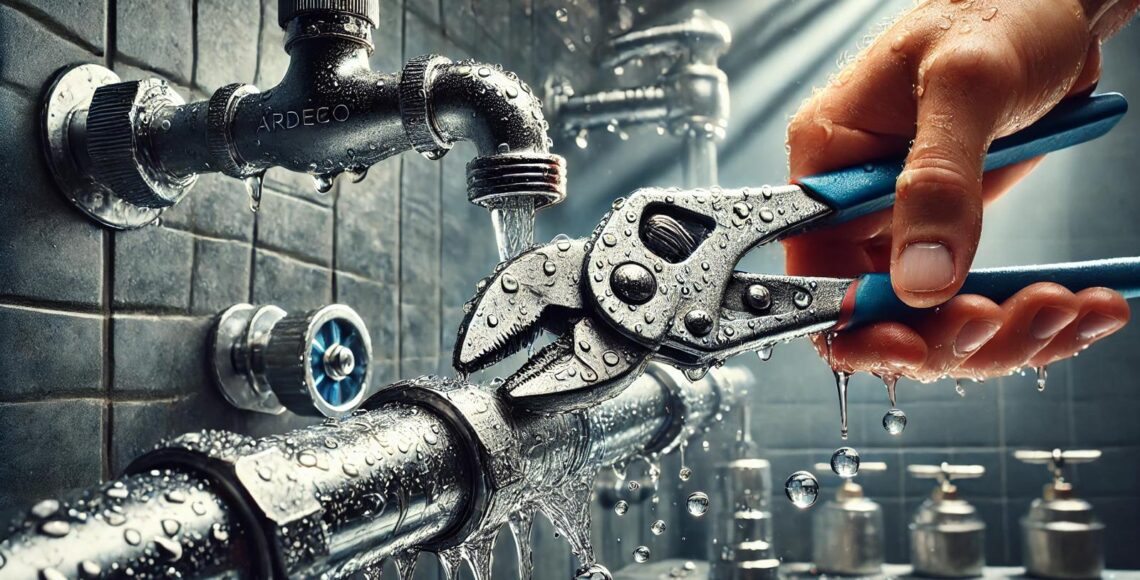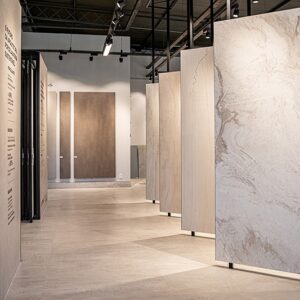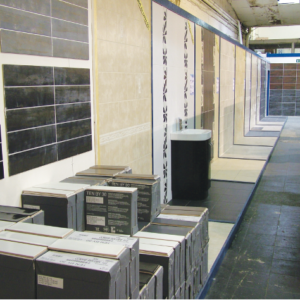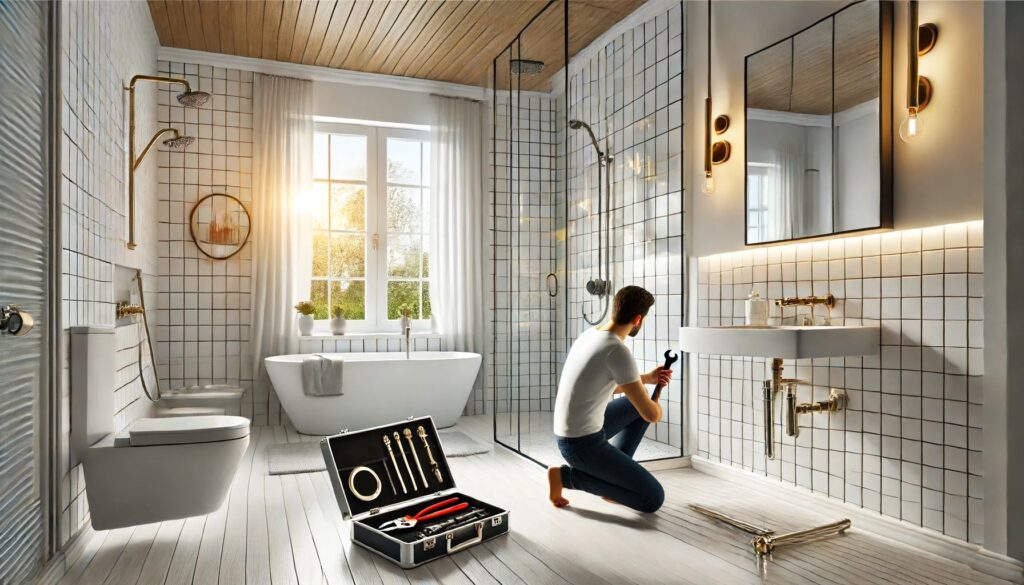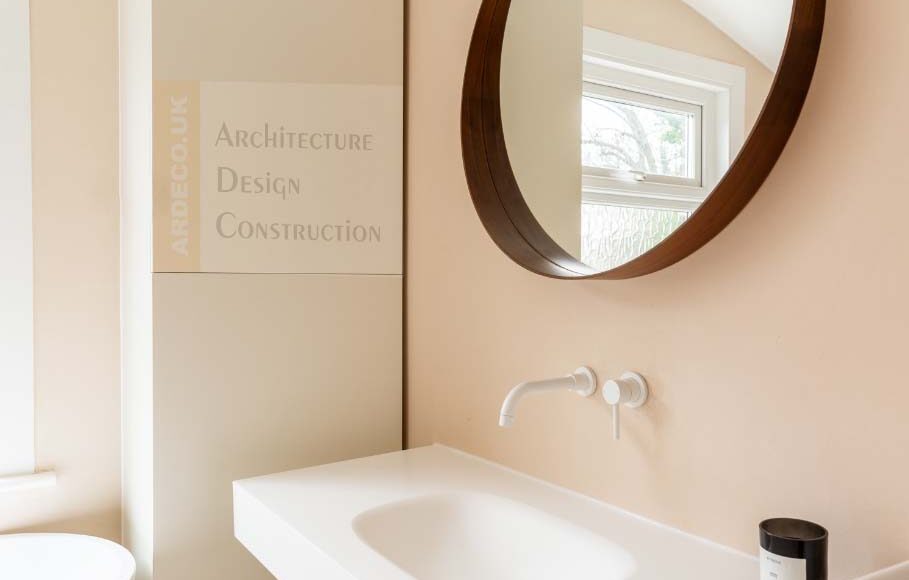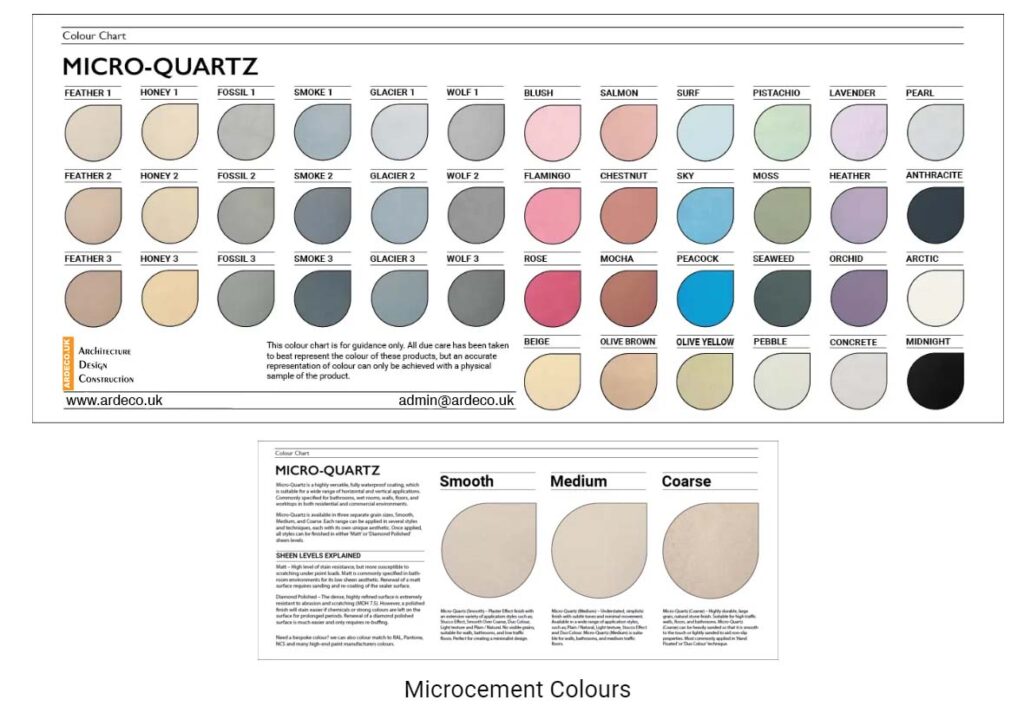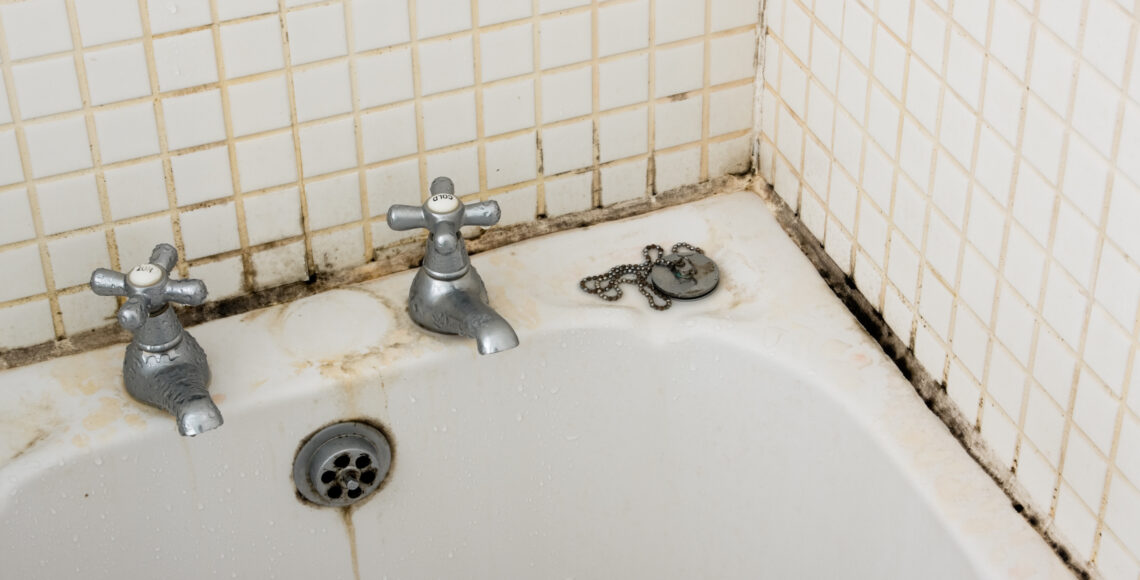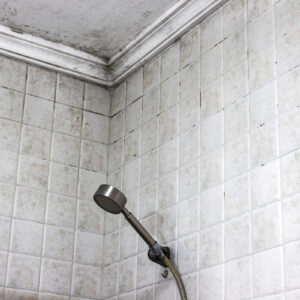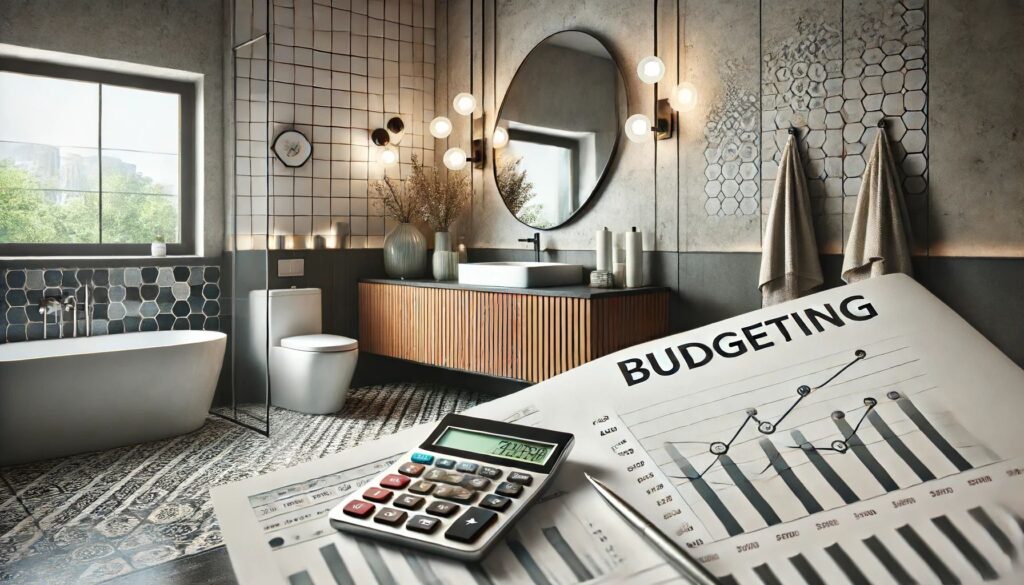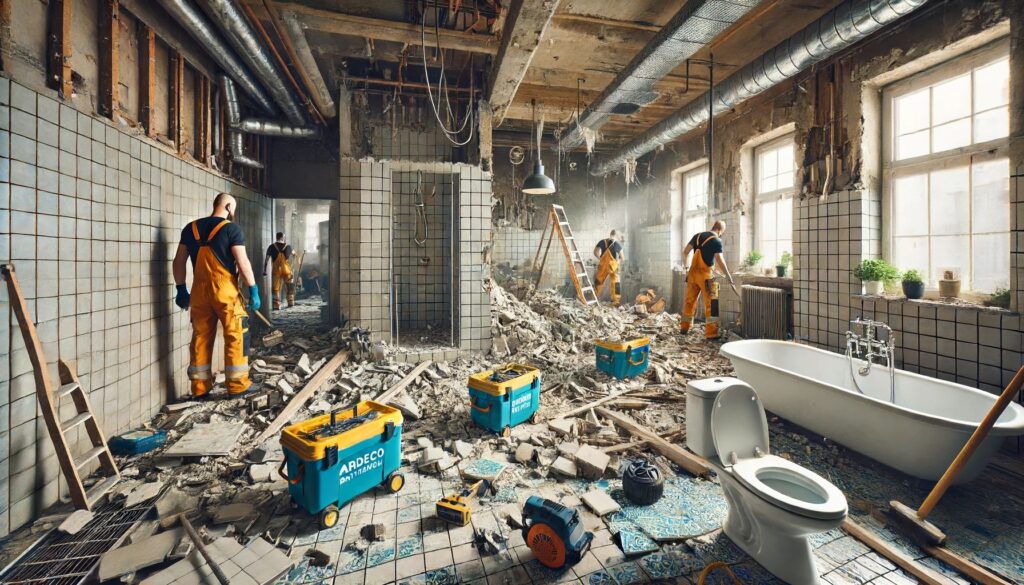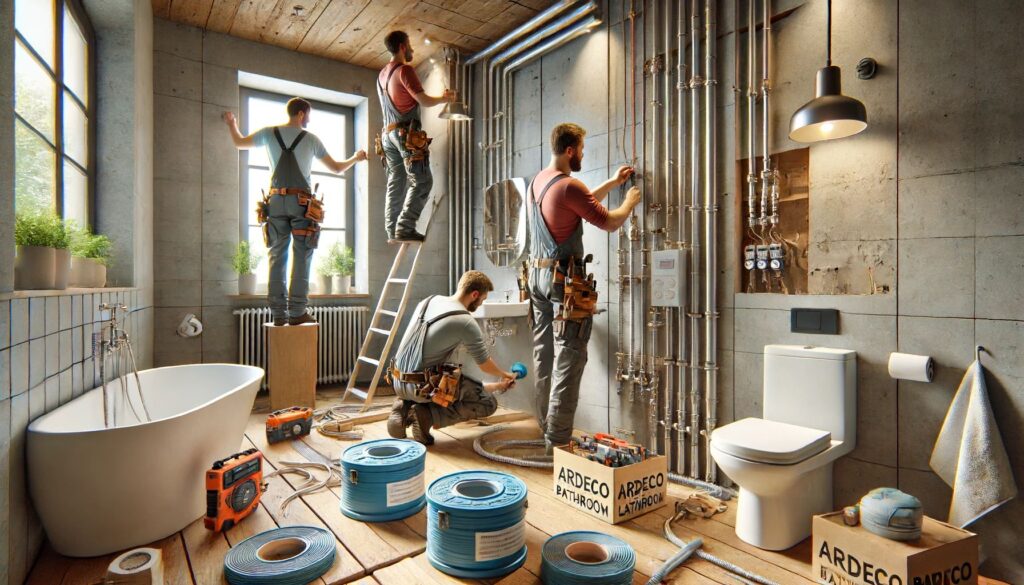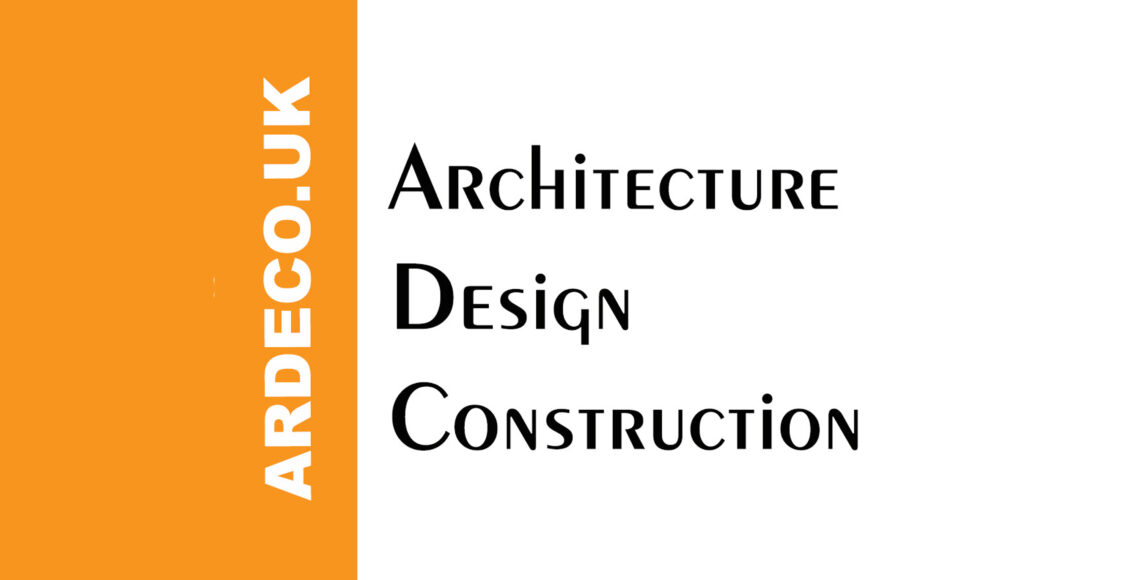What to Do When a Pipe Leaks in Your Home?

What to Do When a Pipe Leaks in Your Home?
Pipe leaks are a common household issue that can quickly escalate into a serious problem if not addressed promptly. A leaking pipe can lead to significant financial damage and even health hazards if not managed correctly. This article outlines the steps to take when you discover a leaking pipe in your home.
1. Shut Off the Water Supply
The first and most crucial step in dealing with a leaking pipe is to shut off the main water supply to your home. This action stops the flow of water and prevents further damage. The main shut-off valve is usually located near the entrance of the water line into your home, often in the basement or near the utility area. Familiarize yourself with its location before any emergencies arise.
2. Drain the Pipes
After turning off the water supply, drain the remaining water in the pipes by opening all the taps in your home. This step helps relieve pressure in the pipes and makes the repair process easier and cleaner.
3. Identify the Leak
Locate the exact source of the leak. This may require a thorough inspection of the pipes, walls, and ceilings. Sometimes, the leak might not be immediately visible, so you might need to use a paper towel or a cloth to detect moisture along the pipe.
4. Temporary Fixes
If you cannot perform a permanent fix immediately, use temporary measures to control the leak. For example, pipe repair tape or epoxy putty can be used to temporarily seal the leak. These solutions are only temporary and should not be considered permanent fixes.
5. Call a Professional Plumber
Permanently fixing a leak often requires professional expertise and proper tools. Contacting a professional plumber ensures that the leak is accurately diagnosed and permanently fixed. Plumbers have the necessary skills and equipment to handle pipe leaks effectively.
6. Prevent Future Leaks
To prevent future leaks, regular inspection and maintenance of your plumbing system are essential. Annual check-ups by a professional plumber, along with mindful water usage and proper pipe care, can help avoid many potential issues.
Conclusion
Dealing with a leaking pipe swiftly and correctly can prevent significant damage and costly repairs. Shutting off the water supply, draining the pipes, identifying the leak, applying temporary fixes, and contacting a professional plumber are crucial steps to manage a leaking pipe. Regular maintenance and preventive measures can help maintain the health and safety of your home’s plumbing system.
By following these steps, you can minimize the damage caused by a leaking pipe and ensure that your home’s plumbing remains in good condition. Always remember that prompt action and professional assistance are key to effectively managing plumbing issues.

